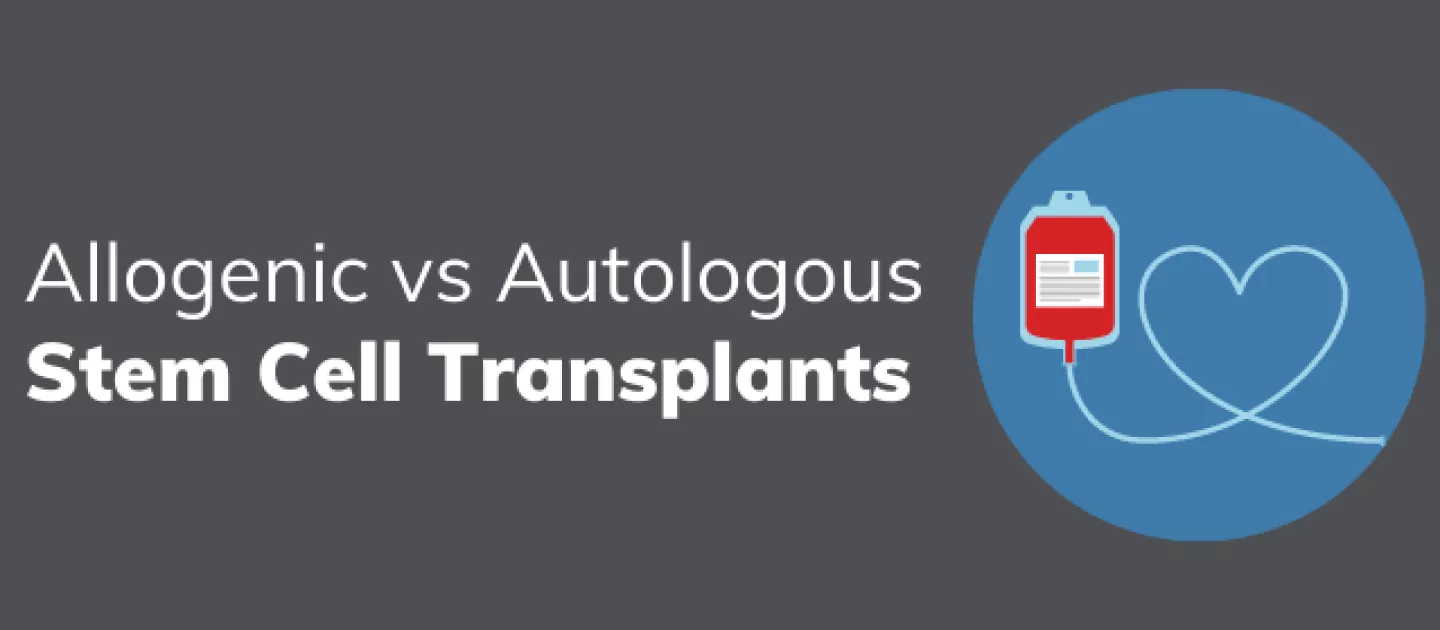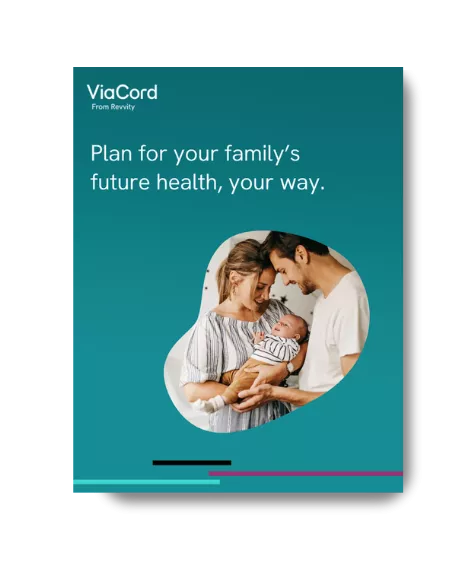If you know someone who has been treated for a cancer like leukemia or lymphoma, they very well may have been treated with stem cells. Stem cell transplants have come a long way since first being used in 1957. Today, stem cells have become a standard of care for many types of cancers. Let’s take a look at some special features of stem cells for use in transplants.
Let’s Start With The Basics - What Are Stem Cells?
Stem cells are the body’s master cells. Their job is to renew which means that they divide over and over to become more stem cells. As they divide, they can differentiate, turning into almost any type of specialized cell the body needs. It’s pretty amazing to think about the big job these little cells have.
Our bodies are full of cells performing various functions. Neuron cells carry messages inside the brain, muscle cells help us move, red blood cells carry oxygen throughout our body and leukocytes help keep us healthy. Each cell type in our body has a particular role to play to keep it functioning. Cells can die off or become damaged so they need to be replenished, but sometimes they need a little help to do so.
This is why stem cells are so amazing – they can become all these other cells that the body needs. No other human cell type can generate new cell types in this way, which makes them a fantastic potential resource for treatment.
What Is A Stem Cell Transplant?
When our cells are destroyed by disease like cancer, a transplant can help replenish that stock of healthy cells. When a person receives a transplant, healthy stem cells that are collected before treatment are infused or transplanted back into the bloodstream. These cells function like emergency repair workers with the healthy cells repairing the damaged blood cells and immune system with new ones.
There are two main types of stem cell transplants; allogenic and autologous.
Allogeneic vs. Autologous Stem Cells Transplants– What’s The Difference?
In an autologous transplant, a person receives an infusion of their own stem cells. These types of stem cell transplants can have fewer complications because they are getting their own stem cells back. When your immune system sees these stem cells, it recognizes them and welcomes them with open arms.
In an allogeneic transplant, stem cells come from a different source—a donor. The best type of donor for an allogenic transplant is usually a sibling or another relative. This is because their cells are a closer genetic match than someone who is unrelated. When stem cells are a close genetic match, your immune system is more likely to accept them.
While stem cells can come from different sources, cord blood stem cells are used in both autologous and allogenic .
Stem Cells From Cord Blood: How They Are Used In Transplants
A baby’s umbilical cord blood is a rich source of stem cells. Because these are “immature” and malleable, they are an excellent source to call on when your body needs help rebuilding healthy blood cells and your immune system.
Many families have chosen to save their baby’s cord blood at birth in case they ever need it, and many are thankful they did. Cord blood stem cells can be used in transplants to treat nearly 80 different diseases or disorders, including:
- Cancers
- Blood disorders
- Metabolic disorders
- Bone marrow failure syndromes
- Immunodeficiencies
- And many more
Stem cells transplants have become such a common source of treatment. For many people, receiving an autologous or allogenic stem cell transplant has provided them with a cure and helped them live healthier lives. Although the clinical progress using cord blood stem cells is pretty incredible, many scientists believe we have just begun tapping into the therapeutic potential of these cells.
Follow us on Facebook, Twitter, and Instagram to join the conversation and stay up-to-date on cord blood & tissue, genetics, pregnancy, and everything in between!
Disclaimer: Banking cord blood does not guarantee that treatment will work, and only a doctor can determine when it can be used. PerkinElmer and ViaCord do not endorse or make recommendations with respect to research, medication, or treatments. All information presented is for informational purposes only and is not intended as medical advice.
Resources:
NCBI. Hematopoietic Stem Cell Transplantation—50 Years of Evolution and Future Perspectives. https://www.ncbi.nlm.nih.gov/pmc/articles/PMC4222417/
Mayo Clinic. Stem Cells: What they are and what they do. https://www.mayoclinic.org/tests-procedures/bone-marrow-transplant/in-depth/stem-cells/art-20048117#:~:text=Stem%20cells%20are%20the%20body's%20raw%20materials%20%E2%80%94%20cells%20from%20which,more%20cells%20called%20daughter%20cells
Sciencing. Specialized Cells in the Body. https://sciencing.com/specialized-cells-body-7245490.html
American Cancer Society. Types of Stem Cell and Bone Marrow Transplants. https://www.cancer.org/treatment/treatments-and-side-effects/treatment-types/stem-cell-transplant/types-of-transplants.html
Cancer Treatment Centers of America. What’s the difference? Autologous and allogeneic stem cell transplants. https://www.cancercenter.com/community/blog/2019/08/whats-the-difference-stem-cell-transplants











